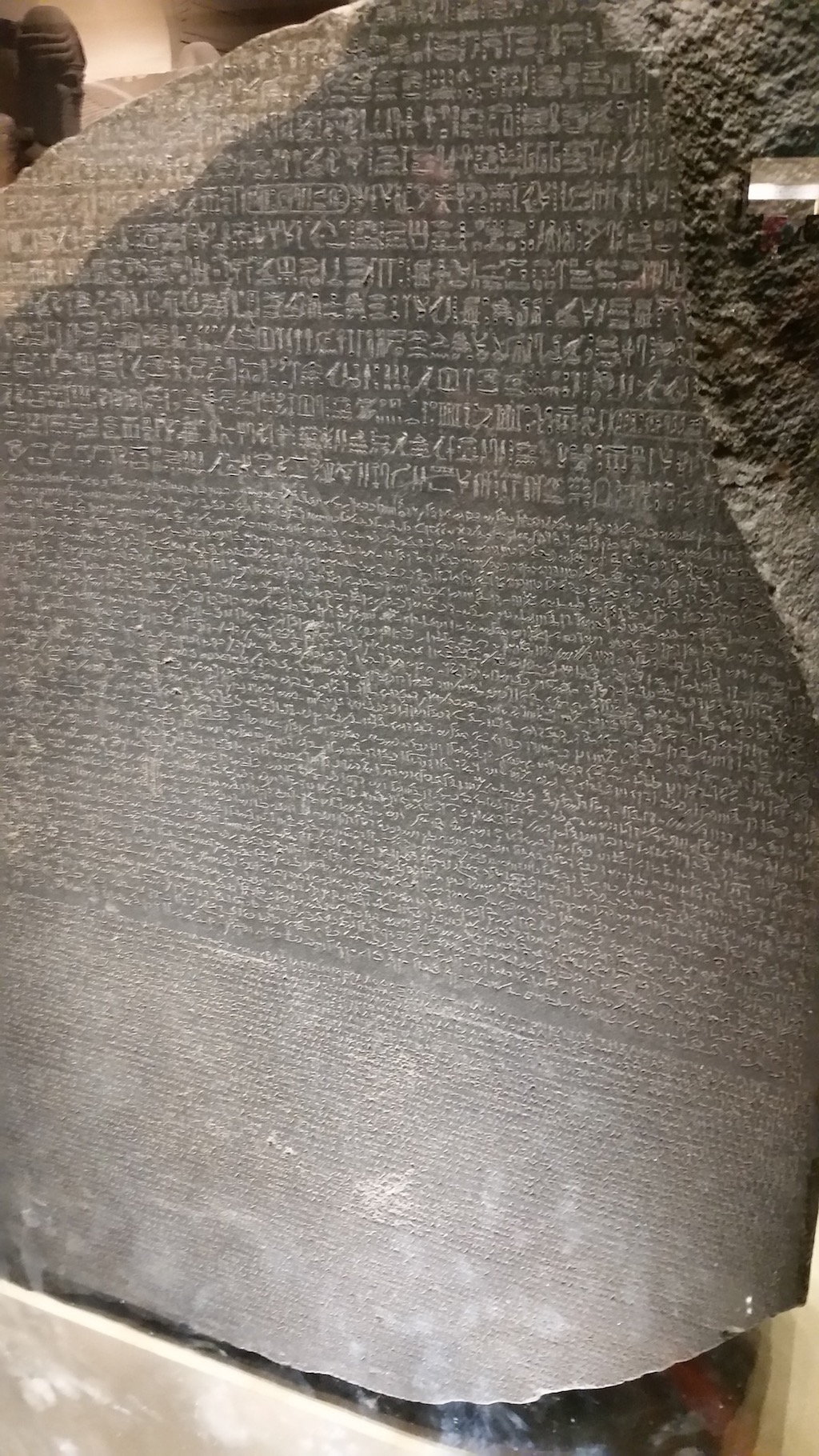
The Laws of Inheritance
In the early 20th century scientists unlocked the secrets of the atom that changed the world forever, but life remained a great mystery. Among the life’s most profound secrets were inheritance, how the characteristics like hair colour, eye colour, height and other traits were passed on to the next generation. More...
Discovery of Nucleic Acids
Three years after the publication of Experiments on Plant Hybrids. Friedrich Miescher (1844-1895) isolated DNA as a molecule from white blood cells, and famously from the pus of discarded surgical bandages, in 1869 (published in 1871). More...
Where Are the Genes Located?
Although Wilhelm Johannsen (1857–1927) coined the term gene, a Danish botanist, plant physiologist, and geneticist, no one knew where these genes were. Scientist knew that X and Y chromosomes could determine the gender of species, but were they genes? More...
What are proteins? - The hunt for protein composition and function
Gerardus Johannes Mulder (1802-1880) found the proteins to be enormous molecules and suggested that all proteins consist of one primary substance (Grundstoff) and that animals get most of their proteins from plants. He also searched for components of proteins, smaller molecules. He found these molecules to contain both amino and carboxylic acid functions; Consequently, these protein components were named amino acids. More...
What does DNA do? - Searching for the function of DNA
From the year 1869, when Friedrich Miescher discovered DNA until early 1950s DNA scientist considered DNA to be a small and insignificant molecule. Almost a century passed before a world-changing discovery. More...
The landmark discovery changed the world
Where is genetic information located? - In protein or DNA? So, is it protein or nucleic acid (DNA) that mediate the genetic information? Let's add one additional puzzle piece. In 1952, Alfred Hershey and Martha Chase published the results of their experiments on the transformation of bacteria (E. coli) using bacteriophages. Bacteriophages infect bacteria, and their two building blocks are protein and DNA. Hershey and Chase discovered that only DNA penetrates the bacterial cell wall. More...
Deciphering the genetic code
Searching for the Rosetta Stone of life. Now, with the proposed structure of DNA at hand, it was intriguing to understand the language of DNA - to crack the genetic code. The problem was how to translate a four-letter vocabulary to a 20-letter vocabulary. The race was on. The problem was hard to solve in theory because only protein sequences were available and the 1950s the term 'gene' represented the smallest unit of genetic information, but no DNA sequence was available until mid-1960s. More...
The birth of molecular biology
The unveiling of the complexities of life required a convergence of research within many disciplines, chemistry, physics, genetics, engineering, and mathematics. Consequently, Warren Weaver, an American mathematician, recognized early on that biology was going through notable changes and coined the term 'molecular biology' already in 1938. More...
How to sequence DNA?
Searching for DNA sequencing methods. In his groundbreaking 1957 presentation, Francis Crick's proposed the concept of information flow from DNA to RNA to protein, which forever changed the way of reasoning in biology. In this concept what he called the 'Central Dogma' he explained that the information flow was a one-way street and consisted of a string of nucleic acids in DNA, copied to a nucleic acid string in RNA, which in turn acts as a template for a sequence of amino acids in a protein. More...
The birth of Bioinformatics
Turning the first turfs - The origins of a novel discipline. To do bioinformatics, we need computers, and still, in the 1950s most computers were women, but gradually this started to change. ERA 1101, later named UNIVAC, designed by Engineering Research Associates and built by Remington-Rand, was one of the first commercially produced computers in 1950, followed by IBM 701, IBM 650 with a magnetic drum, the Digital Electronic Universal Computing Engine (DEUCE), RCA, Autonetics, and GE. More...
References and further reading
Matthew Cobb "60 years ago, Francis Crick changed the logic of biology," Published: September 18, 2017, PLoS Biology
Jones, OW; Nirenberg, MW (1966), "Degeneracy in the amino acid code," Biochim. Biophys. Acta (published May 19, 1966), 119 (2), pp. 400–6, doi:10.1016/0005-2787(66)90198-5, PMID 5335948
Kellogg, DA; Doctor, BP; Loebel, JE; Nirenberg, MW (1966), "RNA codons and protein synthesis. IX. Synonym codon recognition by multiple species of valine-, alanine-, and methionine-sRNA," Proc. Natl. Acad. Sci. U.S.A. (published Apr 1966), 55 (4), pp. 912–9, Bibcode:1966PNAS...55..912K, doi:10.1073/pnas.55.4.912, PMC 224250, PMID 5327071
Dahm, R. "Discovering DNA: Friedrich Miescher and the early years of nucleic acid research."" Human Genetics 122, 565–581 (2008)
Levene, P. A. "The structure of yeast nucleic acid. IV. Ammonia hydrolysis," Journal of Biological Chemistry 40, 415–424 (1919)
Rich, A., &. Zhang, S. "Z-DNA: The long road to biological function," Nature Reviews Genetics 4, 566–572 (2003)
Watson, J. D., & Crick, F. H. C. "A structure for deoxyribose nucleic acid," Nature 171, 737–738 (1953)
Wolf, G. "Friedrich Miescher: The man who discovered DNA," Chemical Heritage 21, 10-11, 37–41 (2003) ScienceDirect
Wil A. M. Loenen David T. F. Dryden Elisabeth A. Raleigh Geoffrey G. Wilson Noreen E. Murray, "Highlights of the DNA cutters: a short history of the restriction enzymes," Nucleic Acids Research, Volume 42, Issue 1, 1 January 2014, Pages 3–19.








